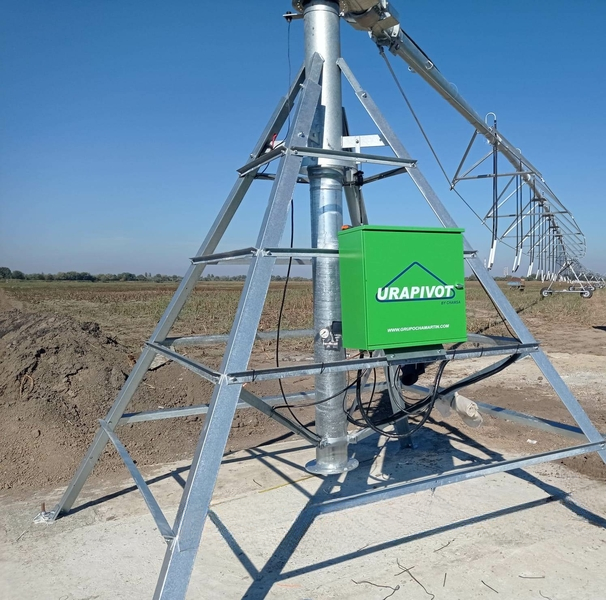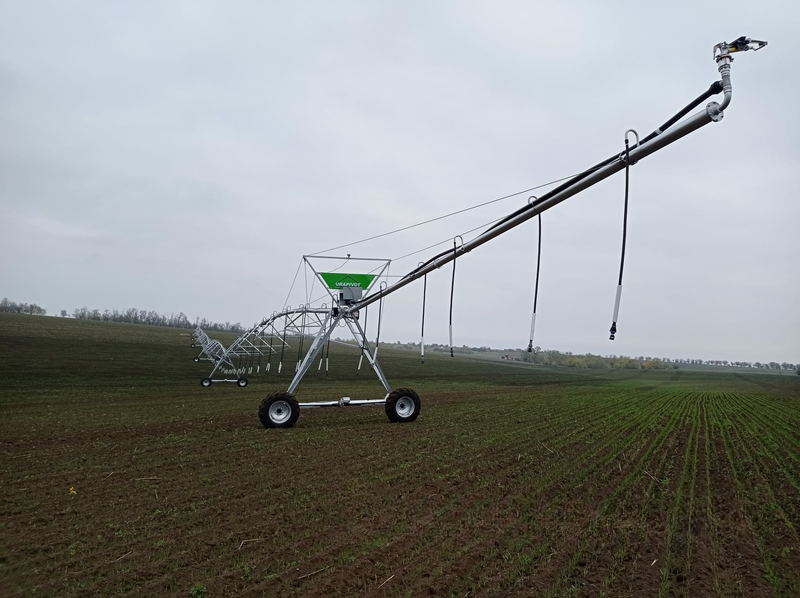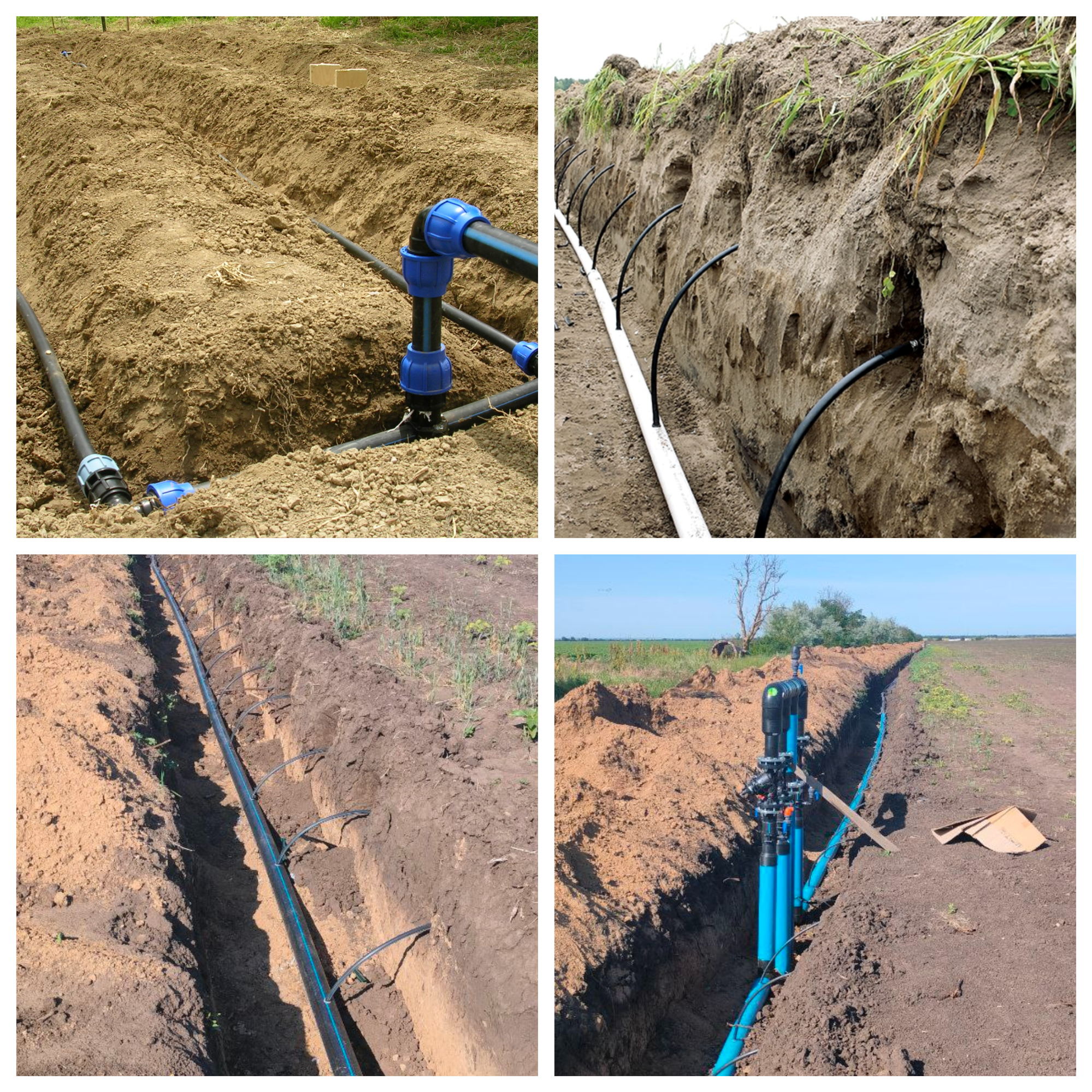CJSC "Tiraspol Cereal Complex" introduces innovative solutions for irrigation of agricultural crops.

Irrigation is one of the main factors of intensification of farming in areas with insufficient and unstable moisture.
Long-term meteorological observations in neighbouring countries confirm that the territory of the Pridnestrovien Moldovan Republic is under the influence of a relatively dry climate. Statistics on droughts confirm that they occur at least once every three years, but in the last two decades they have become much more frequent and intense.
According to experts, guaranteed yields of the main crops grown in the Republic under drought conditions are possible only on irrigated land. Therefore, it is necessary to maximise the use of irrigation of agricultural land as an element of the technological process in order to prevent a decrease in crop production and, consequently, to ensure the food security of the Republic.
As part of the plan to increase the area of irrigated farmland, Urapivot remote irrigation systems were purchased, which allow the irrigation mode to be controlled from a tablet or smartphone without operator intervention. The Urapivot system is equipped with special sensors that stop irrigation if there is low voltage in the network or low water pressure in the system. It is also possible to schedule irrigation for several weeks, which allows you to automatically start irrigation at a set rate at the desired time.


A subsurface drip irrigation system was purchased. Subsurface drip irrigation, known as SDI, is an irrigation system in which a drip line of polyethylene tubing is placed under the soil to deliver water to the root zone of the plant. Why it's good. The main advantage of SDI is that it gives the landowner more control over the watering of the root zone. This means less loss through evaporation and the ability to apply nutrients through irrigation. A subsurface drip irrigation system also allows for subsurface irrigation on irregularly shaped fields. It also allows the landowner to meet the different water requirements of different soils and crops.
How SDIs work. The basic design of a subsurface irrigation system is a drip line buried in the ground. It should be located below the depth of aeration, at least 6 to 12 inches below grade. The SDI drip line will have small holes, called emitters, evenly spaced along its length. Water pressure in the pipe forces water out of the emitters drop by drop. The distance between emitters depends on the type of soil and how it holds water. The amount of water is controlled by the thickness of the drip line and the spacing of the emitters, which are usually spaced every 8-24 inches (20-60 cm). The appropriate spacing is determined by the water-holding capacity of the soil. With subsurface drip irrigation, the soil surface itself remains dry, meaning that neither solar heat nor wind will cause moisture loss. A properly installed, maintained and managed SDI system is the most efficient irrigation system available today.

With best wishes,
The team of the Tiraspol Cereal Complex
Back to news

